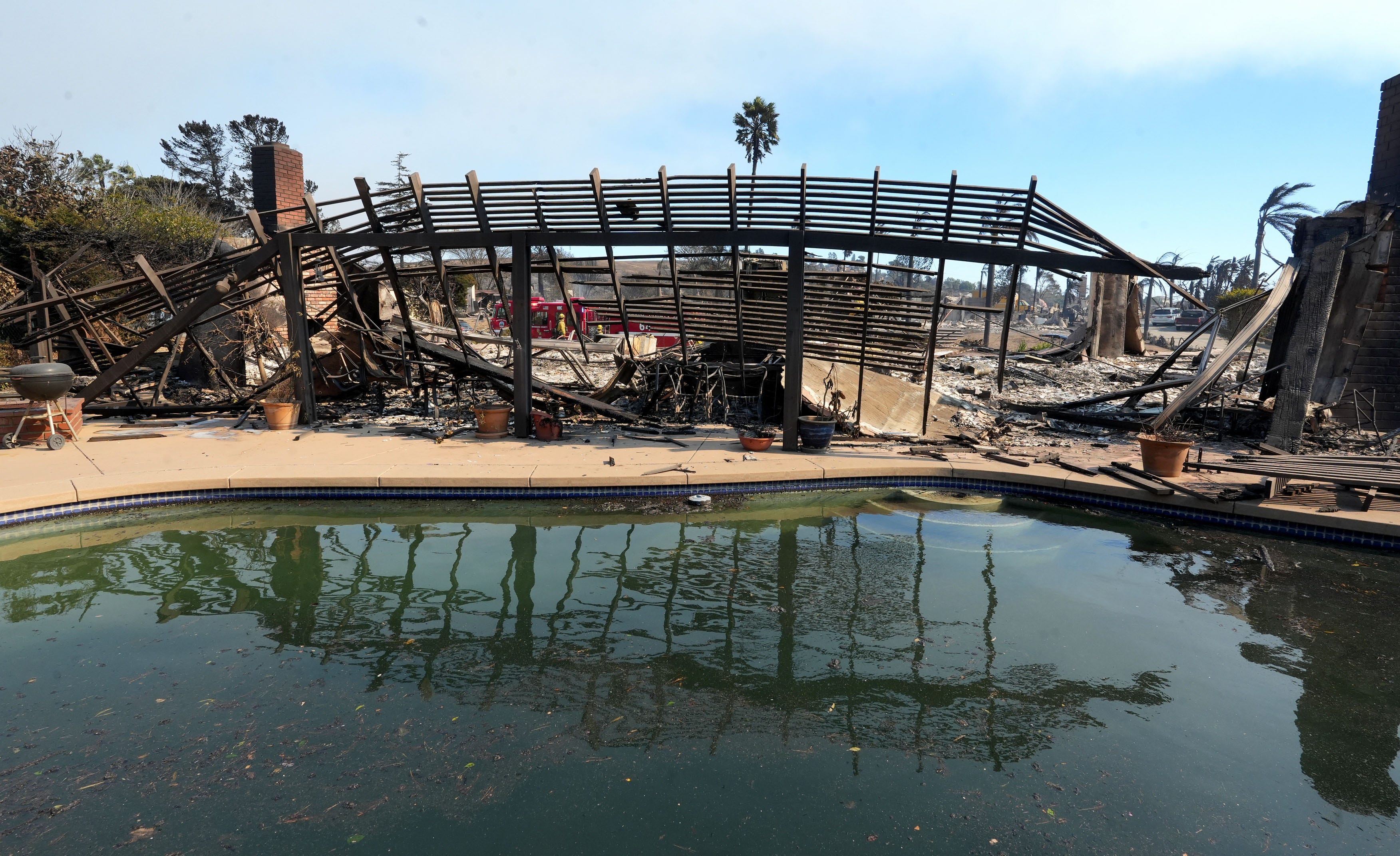The Iowa football team is scheduled to participate in the 60th Beef Bowl Sunday at Lawry's The Prime Rib in Beverly Hills, one day before its opponent in Friday's 102nd Rose Bowl Game, Stanford.
The Beef Bowl began in 1956 and is older than all but the Rose, Orange, Cotton, Sugar and Sun bowls. It is billed by organizers as college football's most enduring pre-bowl game tradition.
The Hawkeyes will be participating in the Beef Bowl for the first time since 1990.
"The Beef Bowl -- how do you get better than that," said Iowa coach Kirk Ferentz, who attended the event in 1981 as the Hawkeyes' offensive line coach.
Ferentz said he would tell his players to "enjoy themselves" and to "go a little bit crazy, but not too crazy."
"The big thing about a bowl game (is) you want a team to enjoy it," Ferentz said. "We want to focus when it's time to practice and prepare, but they don't have to do that 24 hours a day."
Approximately 21,100 players and coaches have dined at the Beef Bowl, including 17 Heisman Trophy winners and eight recipients of the Outland Trophy, which honors college football's most outstanding interior lineman, according to Todd Erickson, the event's publicist and author of the 2005 book, "Road to the Rose Bowl," which explores the Rose Bowl Game and the tradition of Lawry's Beef Bowl through players' and coaches' recollections.
News
Top news of the day
More than 82,100 pounds of beef have been consumed at the Beef Bowl, Erickson said.
Lawry's Beef Bowl "is not about what team eats the most," said Richard R. Frank, president and chief executive officer of Lawry's Restaurants Inc.
"The purpose of the event is to honor champion student-athletes for their achievement as a team of making it to the Rose Bowl Game," said Frank, whose late father, Richard N. Frank, conceived the Beef Bowl in 1956, shortly after becoming Lawry's president.
"The meal is a large part of the celebration because these are young men with enormous appetites, but it's more about celebrating together away from the practice field in a legendary setting."
In the Beef Bowl's early years, a prime rib eating competition was encouraged and it became extremely popular among the teams and news media covering it.
Its popularity was bolstered between the high correlation of winning the Beef Bowl and winning the Rose Bowl Game. A Scorecard entry in the Jan. 11, 1965 Sports Illustrated noted that each of the first nine Beef Bowl winners went on to win the Rose Bowl Game.
By 1969, the elder Frank felt the competition was not appropriate and there was too much emphasis on consumption and not the sheer enjoyment of a meal and the celebratory nature of the event for each team.
The elder Frank renamed the event as the "Beef Scrimmage" to help the players and media understand it wasn't a competition, but the name was changed back to the Beef Bowl a few years later.
Beef Bowl attendees are allowed seconds, "and that's where we try to draw the line, though from time to time there are players who try to get around that rule," the younger Frank said.
The amount of beef consumed by each team is determined by multiplying the number of prime rib roasts consumed by the average weight of a roast, Erickson said.



